- Challenges in Machinery and Equipment in Mining and Quarrying Industry
- Rubber Repair in Mining and Quarrying Industry
- In-Situ Shaft Repair for Mining Equipment
- Pipework, Hoppers, and Chute Lining
- Pump Repair and Maintenance
- Chocking and Shimming of Mining Machinery and Equipment
- Maintenance and Protective Solutions for Mining and Quarrying Industry
- Video: One Minute with Belzona, Mining Industry
- Frequently Asked Question
Challenges in Machinery and Equipment in Mining and Quarrying Industry
The mining and quarrying industry poses significant challenges to machinery and equipment due to a combination of abrasion, corrosion, wear, impact, and chemical exposure. Damage varies based on the specific mine or quarry conditions and the materials being excavated.
With over seven decades of providing mining maintenance solutions, Belzona understands the unique demands of these environments. In this blog post, we identify the top five areas where damage is most prevalent in the mining and quarrying industry, and introduce polymeric solutions for mining equipment maintenance.
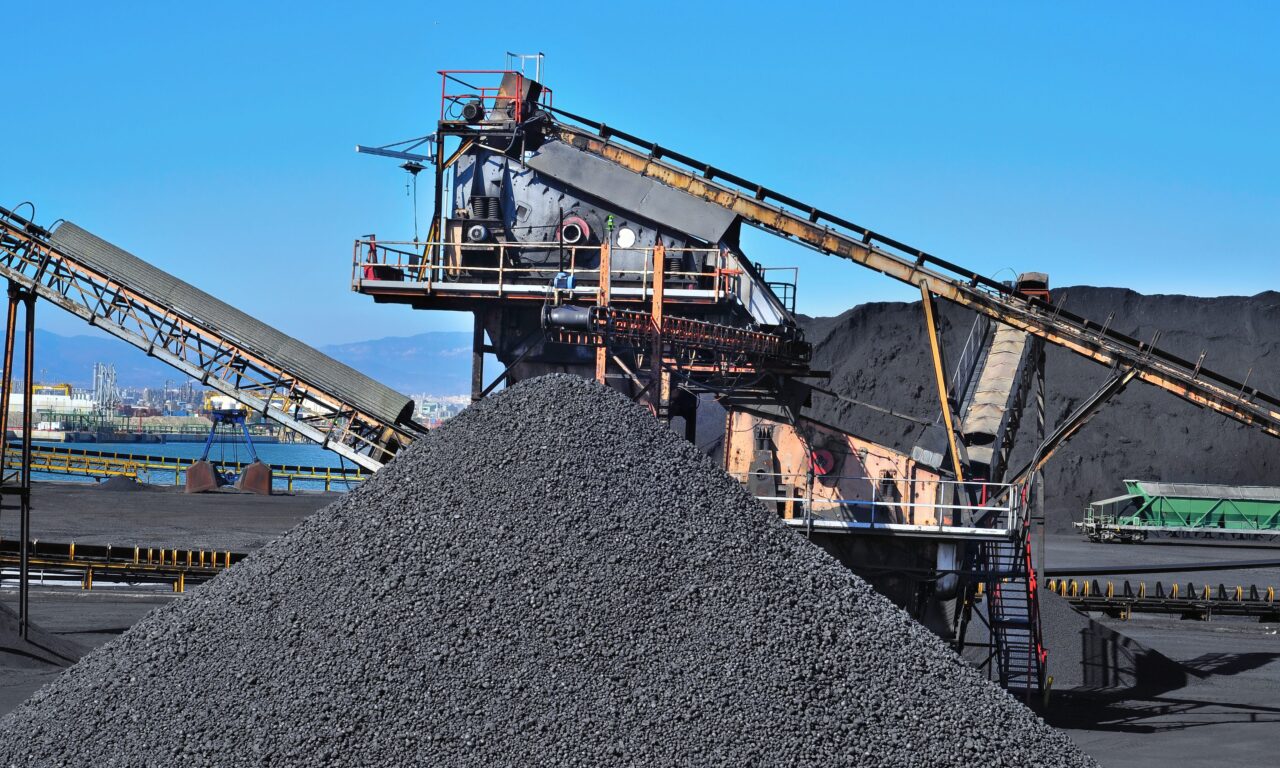
1. Rubber Repair in Mining and Quarrying Industry
Problem
Rubber components are highly susceptible to damage in the mining and quarrying industry. Rubber damage is frequently associated with conveyor belt systems and off-road tires. These are susceptible to tearing, ripping, and splitting due to the abrasive materials they handle, and the friction generated during their mining operations.
Rubber components on conveyor systems endure extensive wear and impact caused by the materials they transport. Despite its durability, sharp materials can still penetrate the rubber, leading to tears and splits in the conveyor belt.
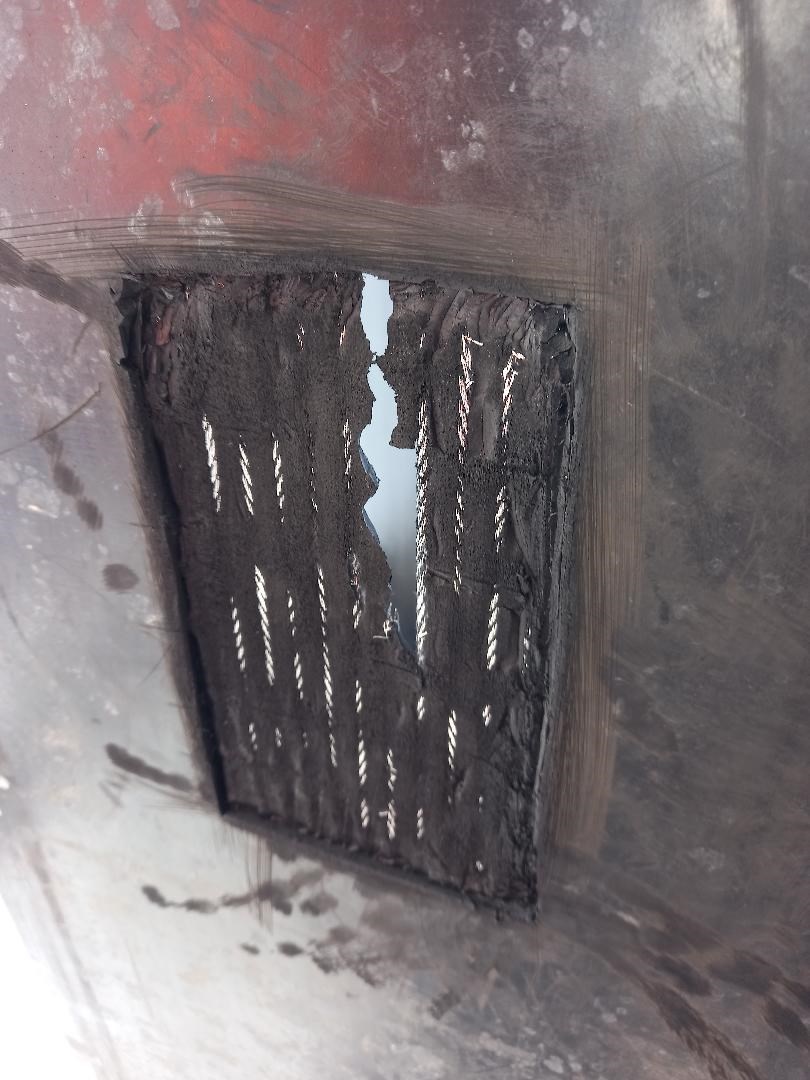
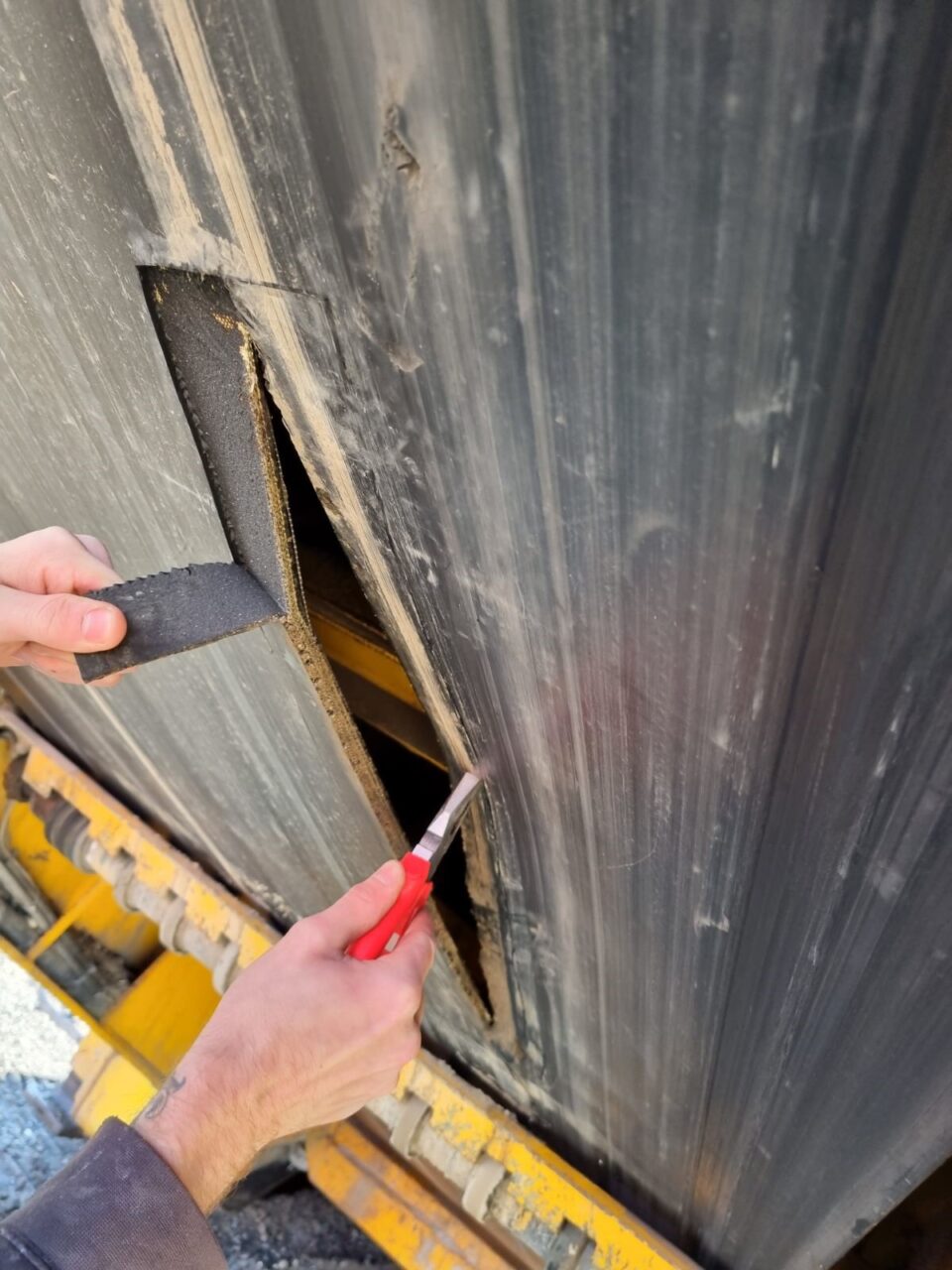
Similarly, off-road tires on large trucks, diggers, and other mining equipment face harsh conditions, experiencing immense stress on their sidewalls, shoulders, and crowns. Extended service periods, impacts, incorrect inflation, or the presence of rocks can contribute to rubber damage and cracks in the tires.
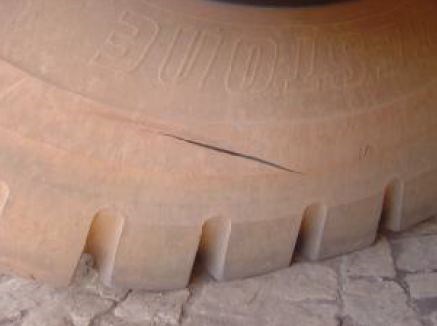
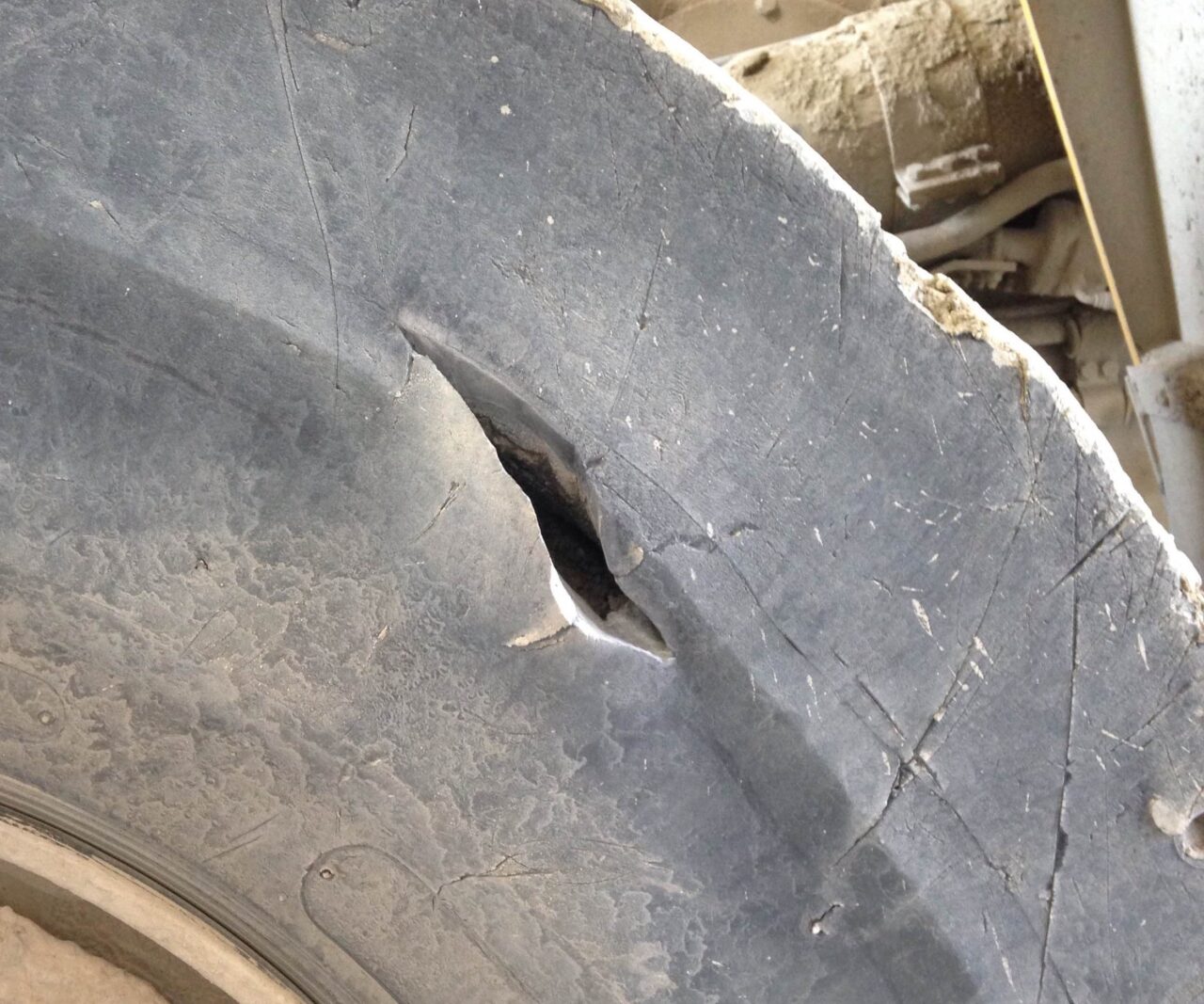
Cold-Cure Polyurethane Materials for Rubber Repair
Cold-cure polyurethane materials present a distinct solution, allowing for in-situ rubber repair without the need for specialized tools or hot repair processes. These materials offer durability, elasticity, tear, and abrasion resistance. They are a versatile alternative for various repairs in mining operations.
Specializing in repair composite materials and protective coatings, Belzona offers a range of cold-cure polyurethane materials for off-road tires and conveyor belt repairs, as well as protecting equipment against damage from mining operations.
These materials bond to a variety of substrates and achieve high mechanical strength with minimal downtime, minimizing disruptions in mining and quarrying operations.
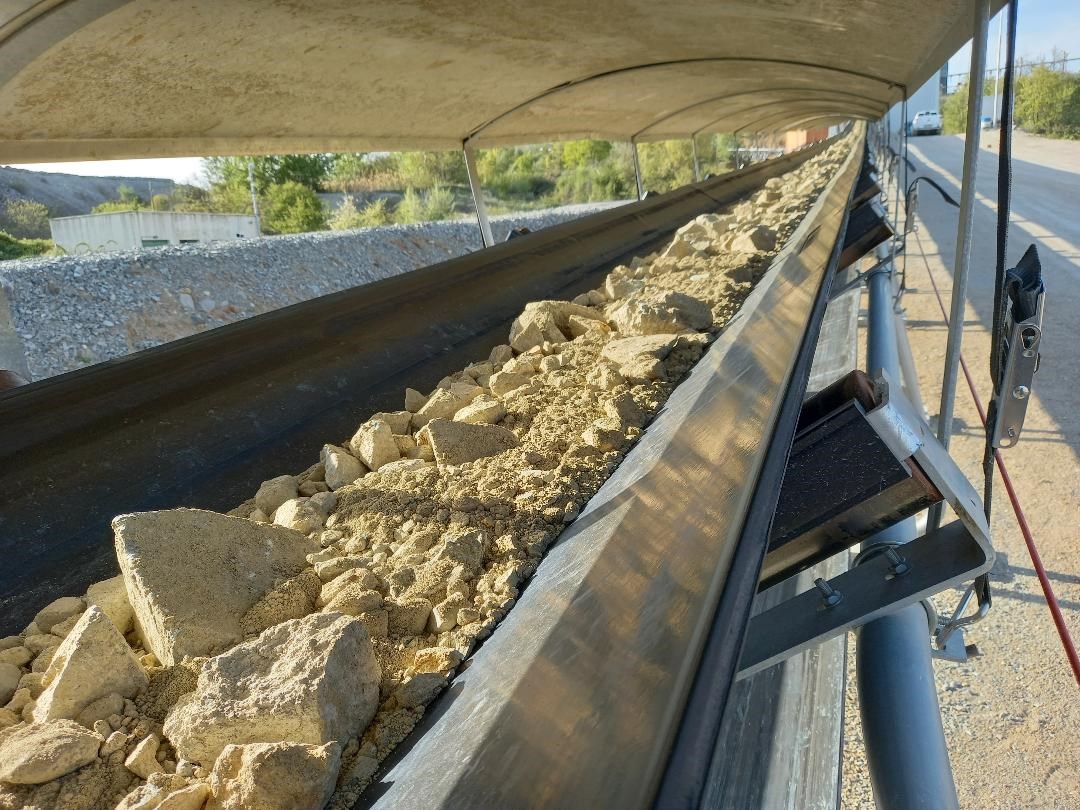
Some of the key solutions for rubber repair include:
- Belzona 2111 (D&A Hi-Build Elastomer): For the rebuilding and coating of rubber components.
- Belzona 2211 (MP Hi-Build Elastomer): Suitable for rubber repair where high-build is required, such as the repair of cracks of tire sidewalls on heavy duty trucks.
- Belzona 2311 (SR Elastomer): Rebuilding grade with rapid curing properties, suitable for both emergency repair and permanent repair.
2. In-Situ Shaft Repair for Mining Equipment
Problem
Equipment and machine shafts in the mining and quarrying industry are susceptible to erosion and corrosion damage, leading to delays and severe downtime in mining operations. Shaft damage usually occurs at bearing locations, journal, and seal areas due to wear. Erosion and abrasion attacks on shafts lead to vibration, wear, and lubrication loss, which can lead to scoring, distortion, and shaft misalignment.
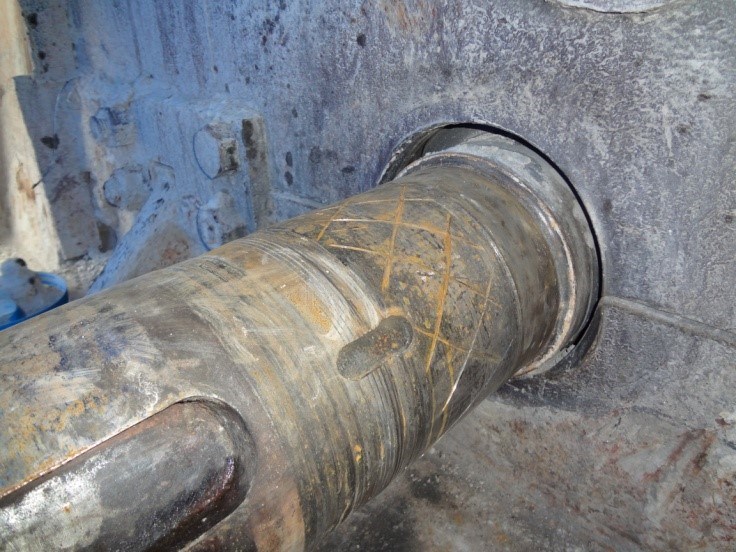
Belzona Epoxy-Based Materials for Shaft Repair
Cold-applied polymeric composites for metal repair without welding are alternative solutions to repair shaft in situ, minimizing downtime and reducing workplace hazards. These materials provide erosion and corrosion protection; in some instances, their self-lubricating properties help to safeguard against vibration and wear.
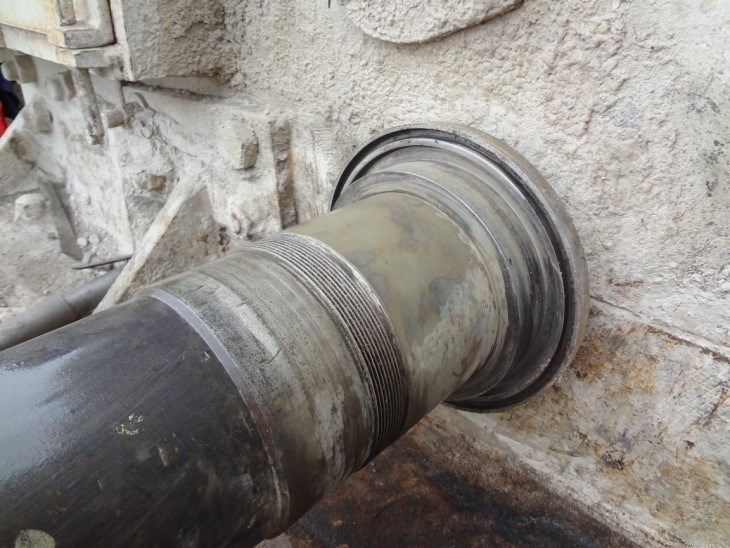
As a solution provider, Belzona offers a wide range of cold-applied polymeric materials suitable for shaft repair.
- Belzona 1111 (Super Metal): For repair and rebuilding worn or damaged metallic substrates with excellent mechanical strength.
- Belzona 1121 (Super XL Metal): Paste-grade material with extended working life, making it suitable for applications in hot climates and large areas.
- Belzona 1212: A surface-tolerant material designed for applications where thorough surface preparation is challenging.
- Belzona 1221 (Super E-Metal): A fast-curing emergency repair product, achieving full mechanical cure in 75 minutes (depending on application conditions).
- Belzona 1131 (Bearing Metal): Providing self-lubricating properties, making it suitable for bearing and shaft repair where friction reduction is required.
Application techniques for cold-curing polymeric materials vary depending on the specific product and the repair conditions. Belzona shaft repair methods include:
- How to Repair a Worn Shaft with a Forming Technique
- Shaft Repair Using Injection with Belzona 1321 and a 3D Former
- Shaft Repair Method: How to Rebuild an Oversized Keyway
3. Pipework, Hoppers, and Chute Lining
Problem
Chutes and hoppers are among the most heavily threatened pieces of equipment in mining and quarrying operations. Solid handling equipment suffers extensive erosion, abrasion, and wear damage from excavated materials of varying sizes. The impact, trajectory, and volume of the material transported through the chutes, hoppers and pipework can have detrimental effects on their structure. The process leads to cracks, holes, and wall thickness loss on equipment.
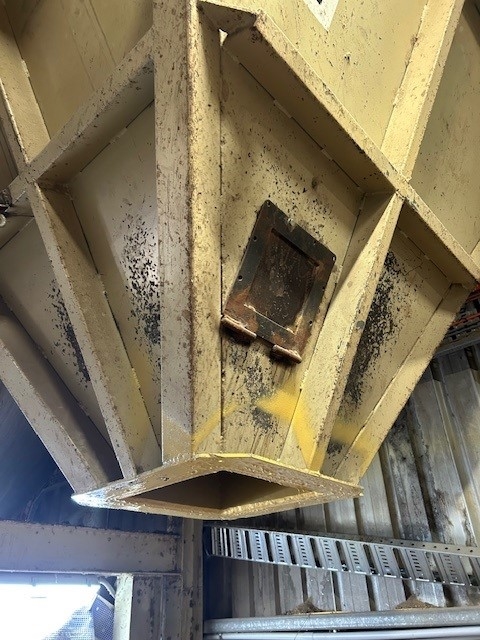
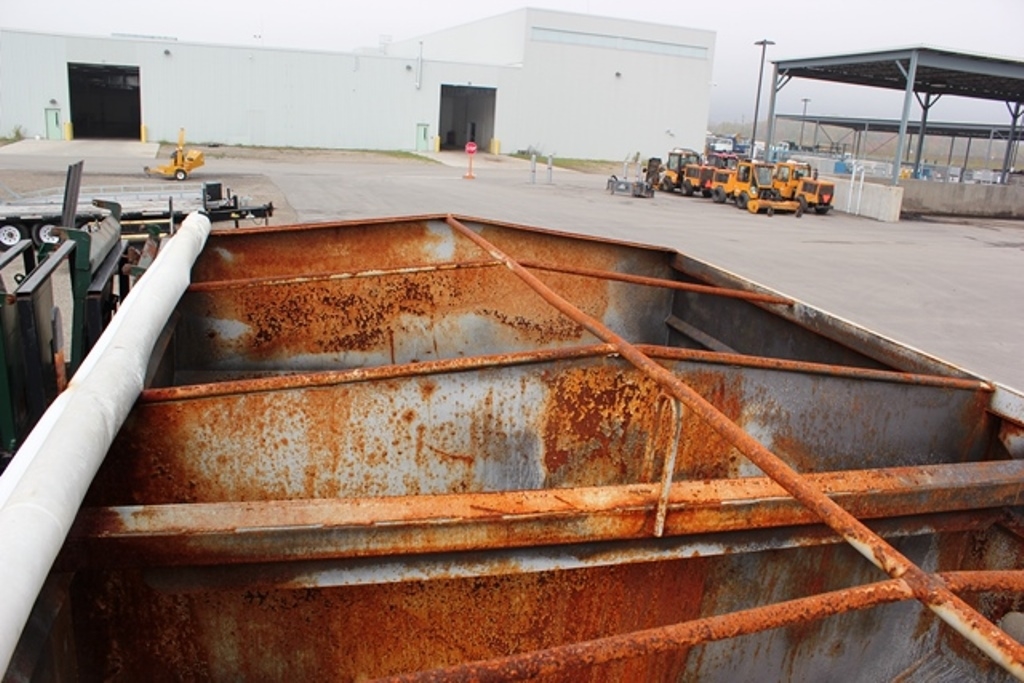
Belzona Solutions for Pipework, Hopper and Chute Repair
To avoid using hot work for pipework, hopper, and chute repair, asset owners consider cold-bonding practices which involve cold-curing polymeric materials for metal repair without welding. Maintenance personnel can also adopt ceramic-filled abrasion-resistant linings to protect chutes, hoppers, and pipework against wear damage. These cold-curing polymeric materials support in-situ repair without the need for specialist tools.
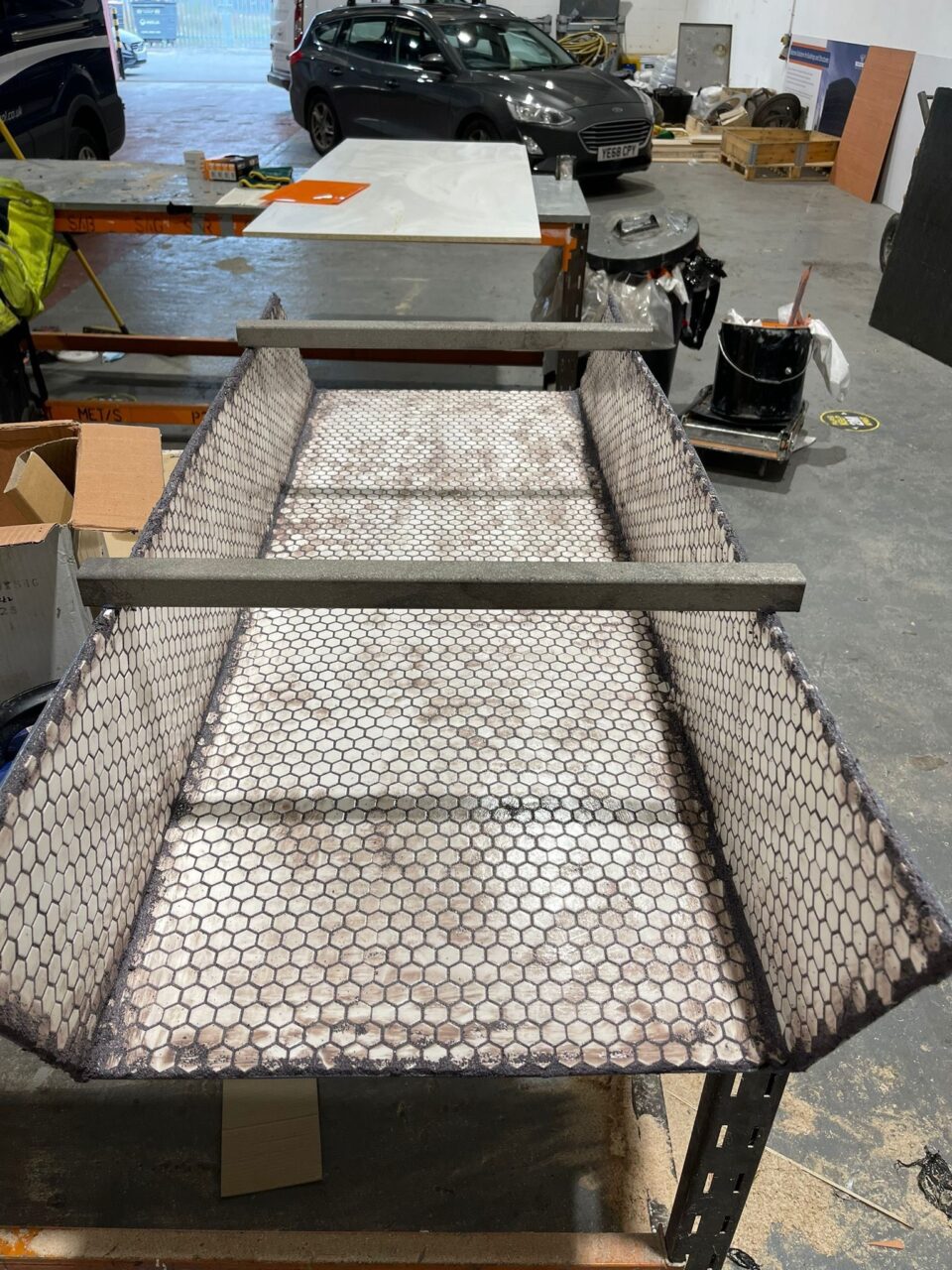
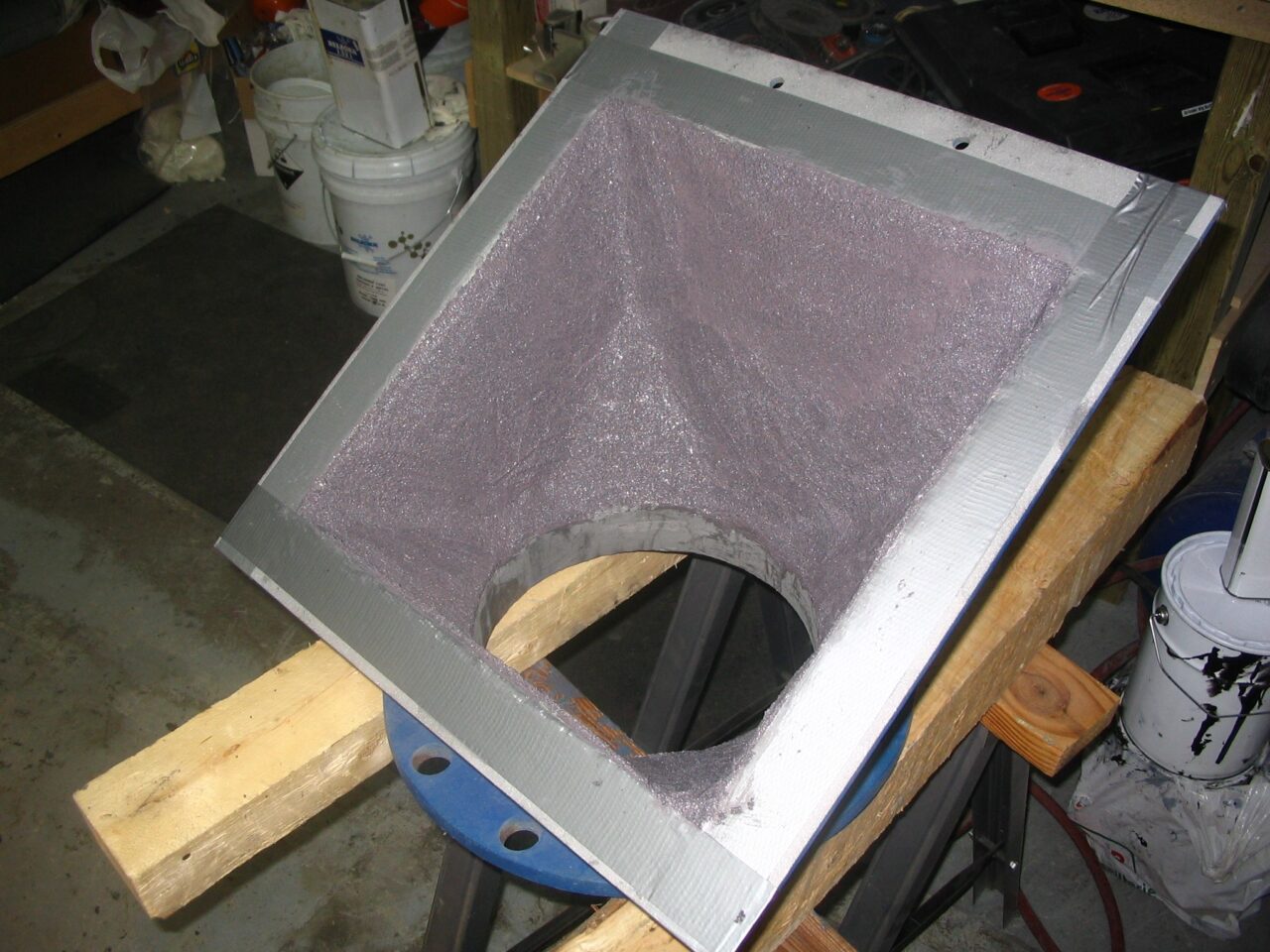
Belzona’s abrasion-resistant linings for protecting solid handling equipment include:
- Belzona 1811 (Ceramic Carbide): For the repair and protection of surfaces suffering from abrasive particles larger than sand such as rocks, gravel, or coal. sliding abrasion, big ceramic aggregates
- Belzona 1812 (Ceramic Carbide FP): For the repair and protection of surfaces suffering from abrasive particles smaller than sand including silt, clay, or dust
- Belzona 1813: For the repair and protection of equipment surfaces from abrasive attack at elevated temperatures up to 392⁰F (200⁰C)
- Belzona 1814: Thixotropic material designed to provide protection in highly abrasive environments, suitable for application over large surface areas
- Belzona 1818: A fast curing, surface tolerant, abrasion resistant system ideal for patch repairs on surfaces subject to high erosion and abrasive environments
4. Pump Repair and Maintenance
Problem
Pumps are essential in mining operations, from transporting slurry to pumping subsoil water. These materials can cause various problems for the pump parts, such as abrasion, erosion-corrosion damage, and chemical attack on pump impellers, pump casings, and pump shafts.
Without a robust maintenance practice, erosion-corrosion and abrasion problems may jeopardize critical equipment such as slurry pump parts, centrifugal pumps, and axial pumps. While replacing the damaged pump parts seems to be an obvious solution for pump maintenance, it usually comes with high costs and long lead times. Some operations turn to welding and weld overlay to repair pump components. However, these methods can induce heat stress into the equipment and cause galvanic corrosion in pump parts.
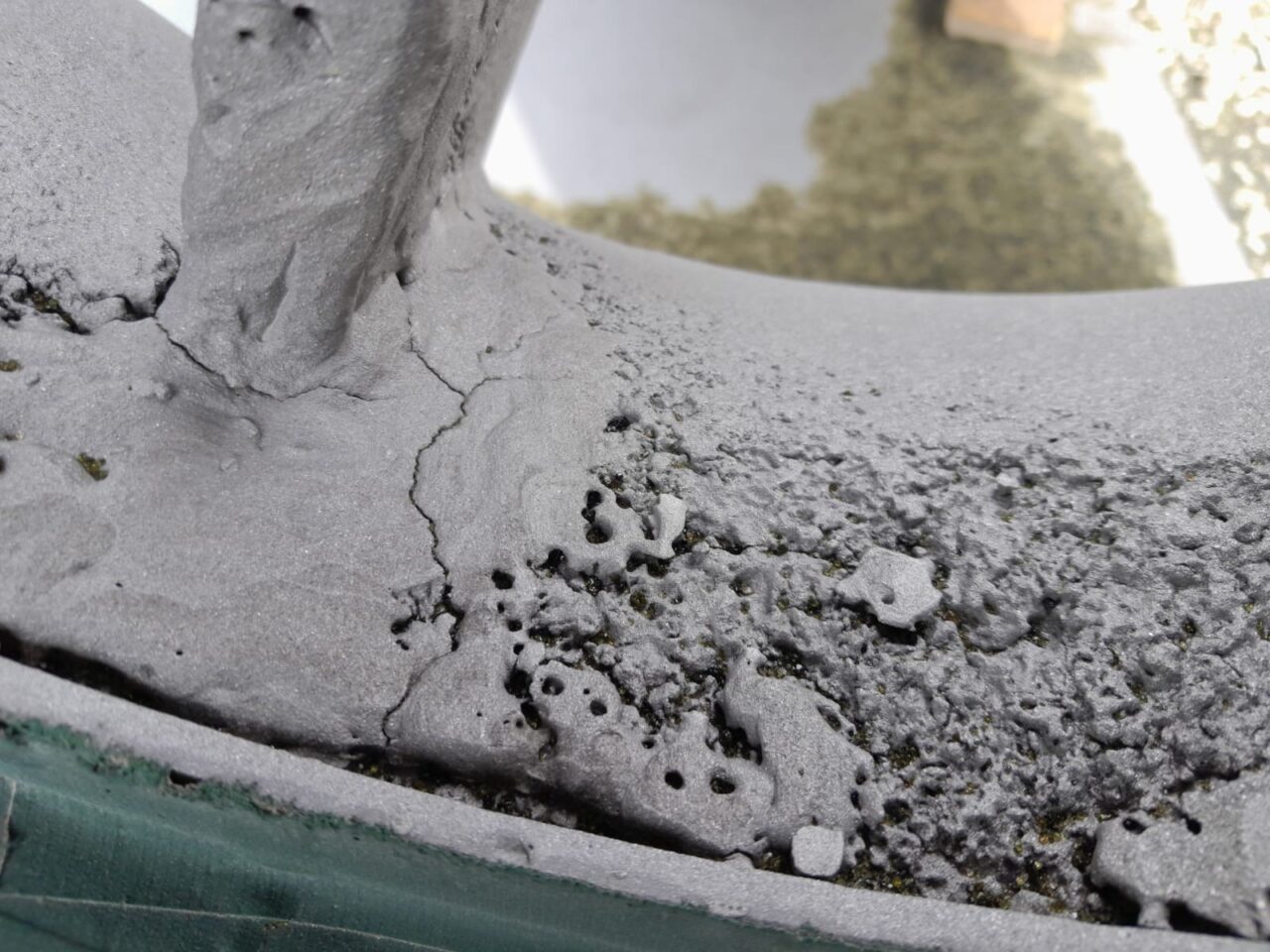
Solutions for Pump Repair and Maintenance
Pump operators turn to cold-curing polymer solutions to repair and protect pump parts as well as improve pump efficiency. These solutions allow operators to carry out repairs in situ without the need for hot work and extended downtime.
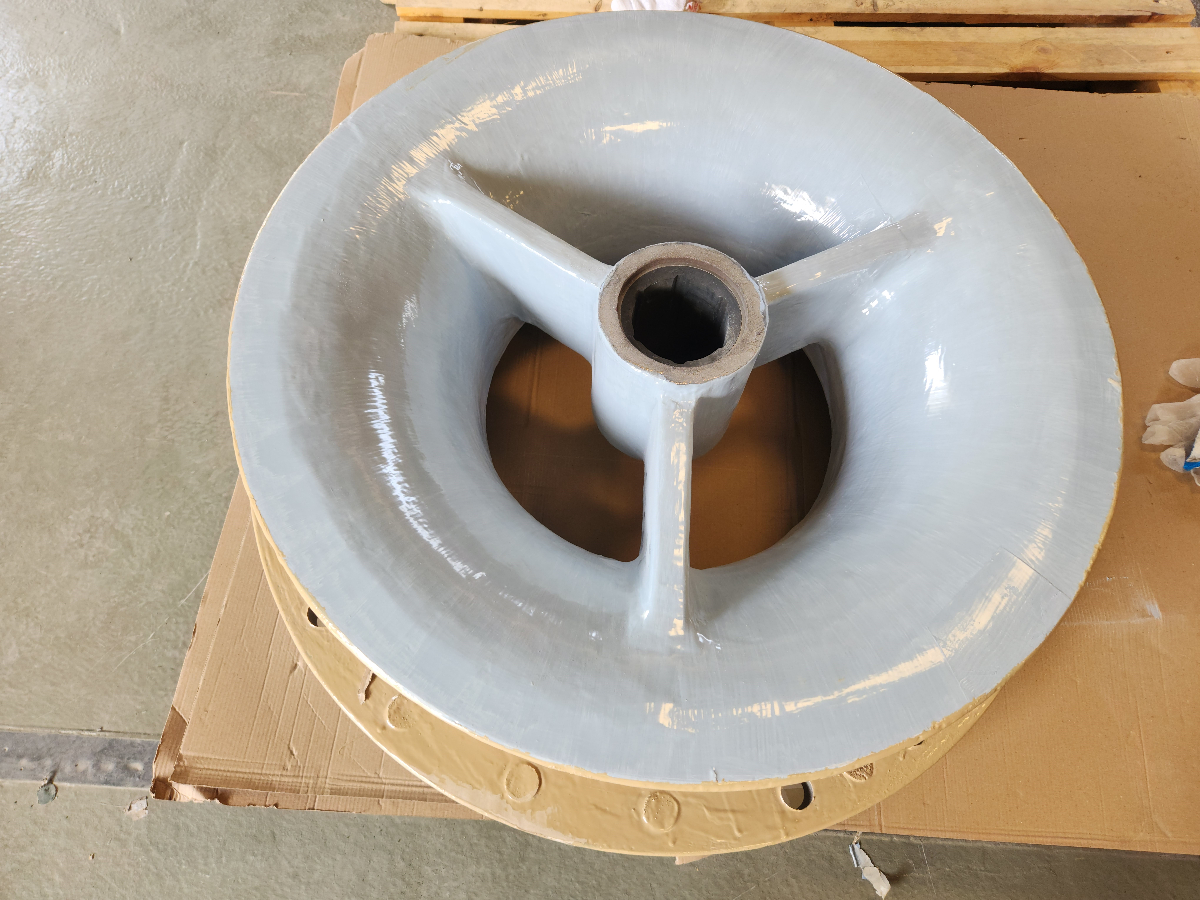
Belzona provides effective solutions for pump maintenance. These include repair composites that rebuild surfaces damaged by abrasion and protective coatings with hydrophobic properties that shield pump parts against future wear. These pump coatings can reduce friction and further improve pump efficiency. The solutions offer a durable, cost-effective, and lasting alternative.
- Belzona 1311 (Ceramic R-Metal): 100% solids repair composite for restoring and protecting equipment operating under immersion against the effects of erosion and corrosion.
- Belzona 1321 (Ceramic S-Metal): For protecting immersed surfaces suffering from erosion-corrosion at operating temperatures up to 140 °F (60 °C)
- Belzona 1341 (Supermetalglide): For improving the efficiency of fluid handling equipment using hydrophobic technology to repel process fluids and reduce turbulent flow
5. Chocking and Shimming of Mining Machinery and Equipment
Problem
Severe impact and vibration within the mining and quarrying industry can cause misalignment of machinery and equipment. These shifts in alignment can lead to potential losses in efficiency and damage to the mining equipment, particularly to bearing seats, bush housings and incorrectly fitting components.
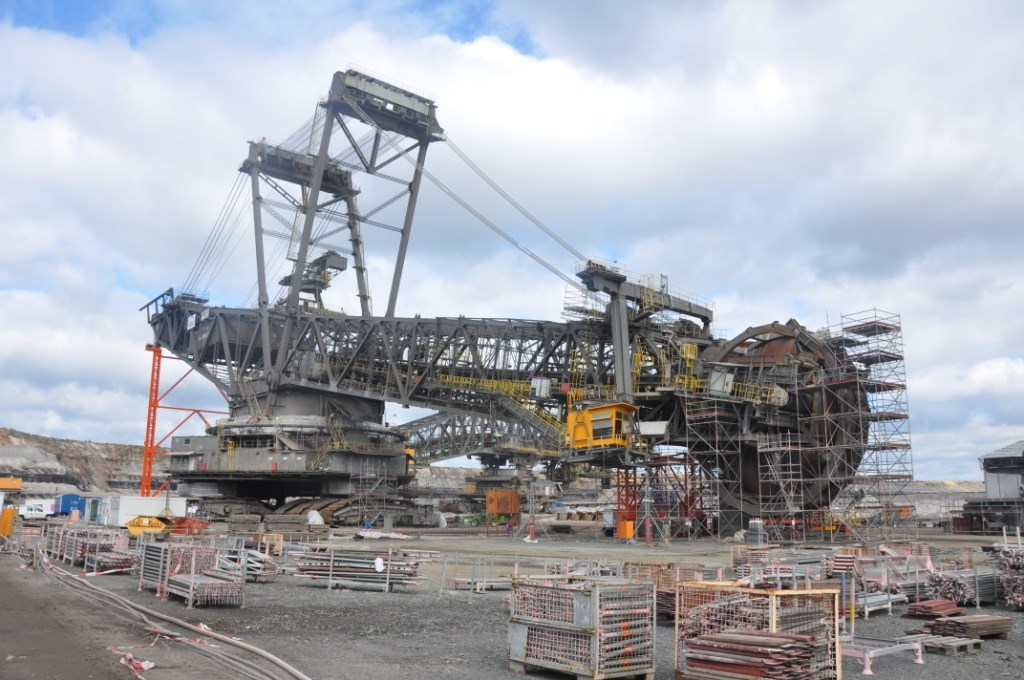
Additionally, different equipment sizes from OEM specifications can cause component fittings to become loose. These loose components are subject to vibrations and impacts, causing damage to existing machinery chocks and shims. This affects the equipment performance and operating reliability.
Belzona Solutions for Chocking and Shimming of Heavy Machinery and Equipment
In the mining industry, accessing equipment foundations for installing shims through metal welding can be challenging. Therefore, fluid-shimming materials offer a practical alternative to traditional methods.
As a solution provider, Belzona has developed pourable epoxy systems for shimming and chocking applications that can withstand harsh physical environments. They are ideal for foundation shimming of heavy machinery.
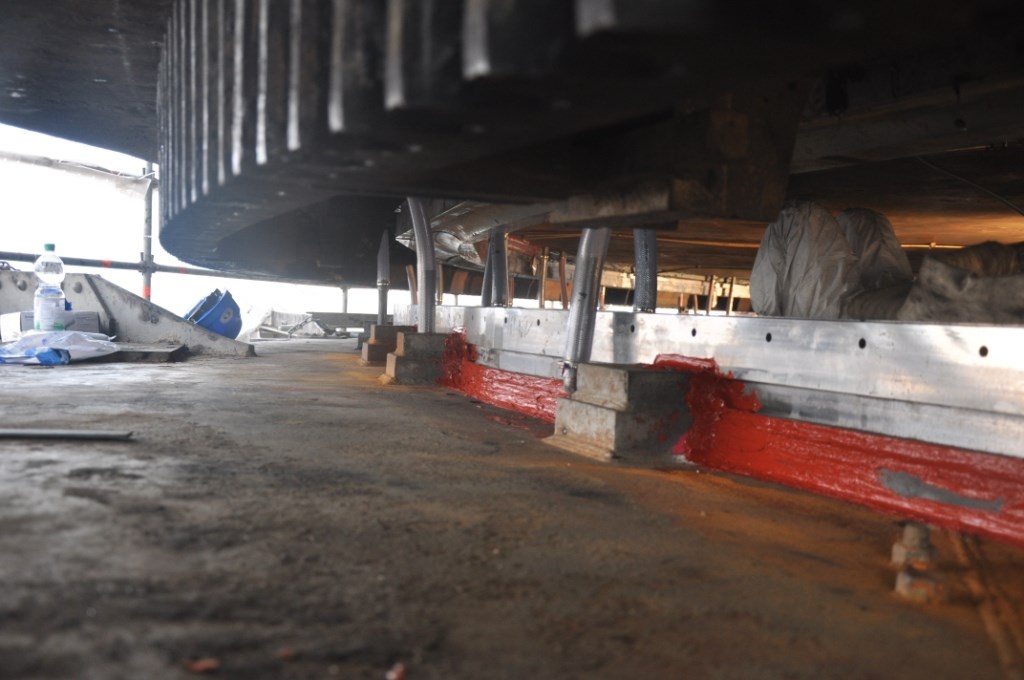
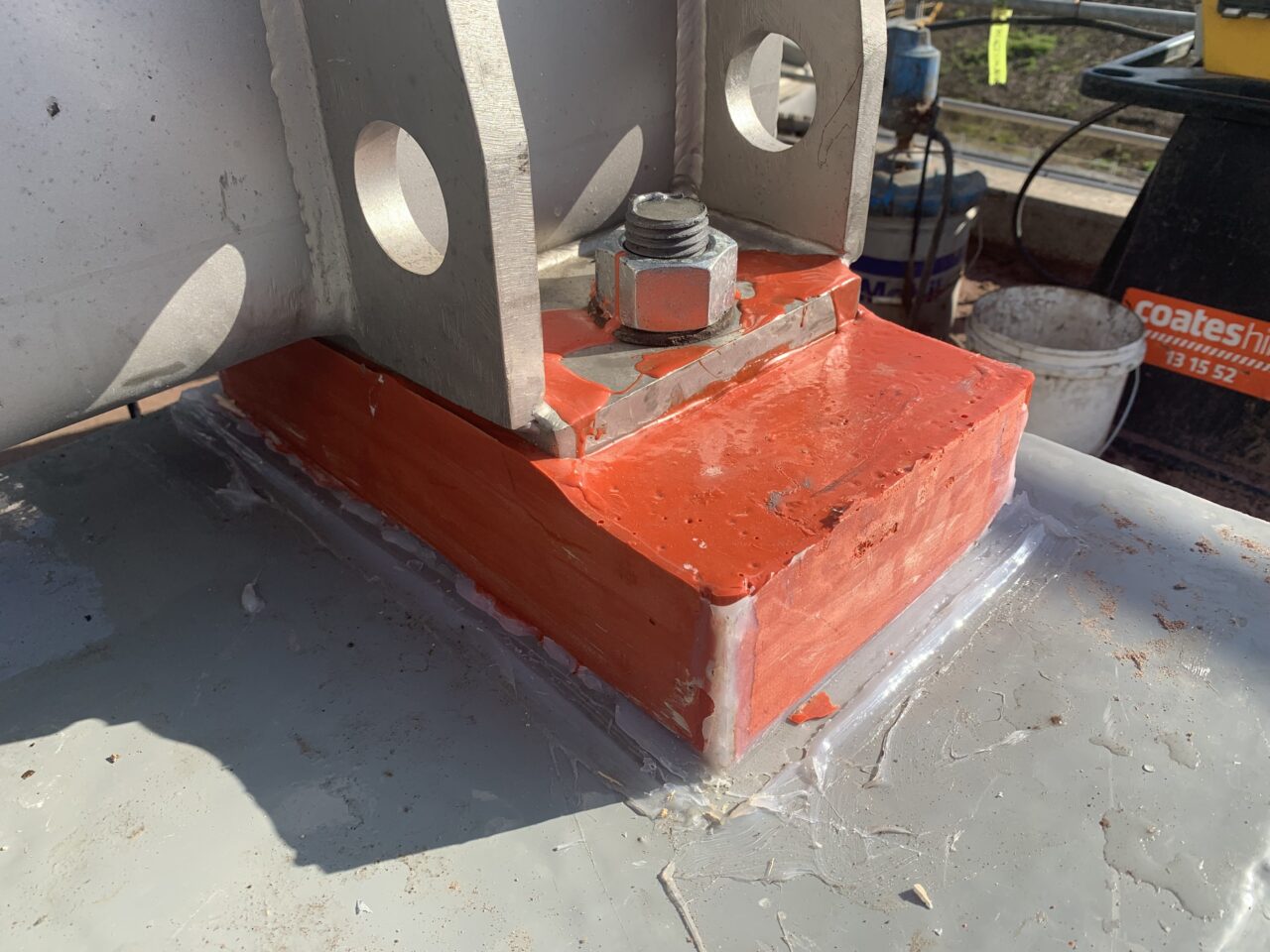
- Belzona 7111: 100% solids engineered epoxy material for chocking and shimming equipment subject to physical and thermal shock, high impact and compressive loads.
- Belzona 7211: 100% solids, low exothermic epoxy material for deep pouring, providing excellent self-levelling properties, allowing the product to flow even into hard-to-reach spaces under heavy machinery.
Maintenance and Protective Solutions for Mining and Quarrying Industry
Physical assets and equipment in the mining and quarrying industry are subject to damage from harsh, aggressive operations including wear, impact, corrosion-erosion, and chemical exposure. Belzona cold-curing polymeric solutions and protective coatings offer reliable, cost-effective methods to extend equipment life, and reduce unplanned downtime, ensuring operational integrity in extreme conditions in mining and quarrying operations.
Video: One Minute with Belzona, Mining Industry
Frequently Asked Question
How can asset owners select products for rubber repair?
Belzona elastomeric solutions include a range of cold-cure polyurethane materials. The suitability of materials for rubber repair depends on the hardness of rubber components and the level of urgency of the repair.
How do hydrophobic properties improve pump efficiency in the mining and quarrying industry?
Hydrophobic technology used inBelzona 1341 (Supermetalglide) help reduce turbulent flow and improve fluid efficiency. The product has been proven to increase pump efficiency up to 7% on new equipment and up to 20% on refurbished equipment.
Are there other areas of application in the mining and quarrying industry that Belzona solutions can be applied to?
Apart from the five areas mentioned above, Belzona applications can also protect containment areas from chemical exposure, safeguard equipment parts operating at high temperatures, and reinforce buildings and structures in the industry. Our chemical-resistant coatings and rebuilding materials can be applied to various substrates, offering versatile and durable protection for physical assets in the industry.
How can I purchase Belzona products for the mining and quarrying industry?
Belzona operates through a network of Distributors. You can contact your local authorized Distributor by submitting a contact form. The Belzona Distributor in your region will be able to provide you with the advice, products and services you require.
Contact Your Local Distributor to Learn More about Belzona Solutions for the Mining and Quarrying Industry

Paola Chavez, born in San Pedro Sula, Honduras, holds a Bachelor of Science degree in Chemical Engineering from Florida State University in Tallahassee, Florida, United States. As a distinguished Technical Service Engineer at Belzona, Inc. based in Miami since 2021, Paola excels in providing comprehensive office and field-based application support, ensuring the optimal use of Belzona products across diverse projects.
An integral member of the Belzona Corporate Oil and Gas Team, Paola plays a pivotal role in business development, contributing her extensive knowledge to specifications, testing, approvals, and applications within the energy sector. Her expertise and unwavering dedication have solidified her reputation as a key contributor to the Team’s success and the broader industry. Indeed, Paola has provided application supervision and technical support across many different locations worldwide including North America, South America and the Asia Pacific region, amongst other places. In 2024, she delivered a seminar on Belzona’s cold bonding solutions at ADIPEC Downstream Technical Conference in Abu Dhabi.
In addition to her engineering prowess, Paola is an AMPP Certified Coatings Inspector Level 2 (Certification Number: 106760) and actively participates in the Association for Materials Protection and Performance (AMPP) through Belzona’s corporate membership. Her certifications underscore her commitment to maintaining the highest standards in materials protection and performance.



